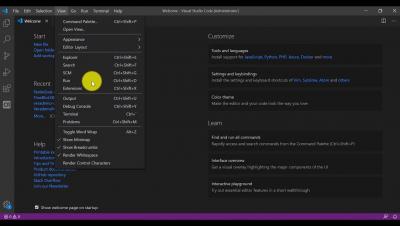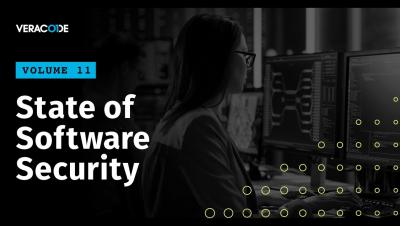State of Software Security v11: Key Takeaways for Developers
We recently released volume 11 of our annual State of Software Security (SOSS) report, which analyzes the security activity and history of applications Veracode scanned during a one-year period. Giving us a view of the full lifecycle of applications, that data tells us which languages and vulnerabilities to keep an eye on, and how factors like scanning frequency can impact your remediation time.






